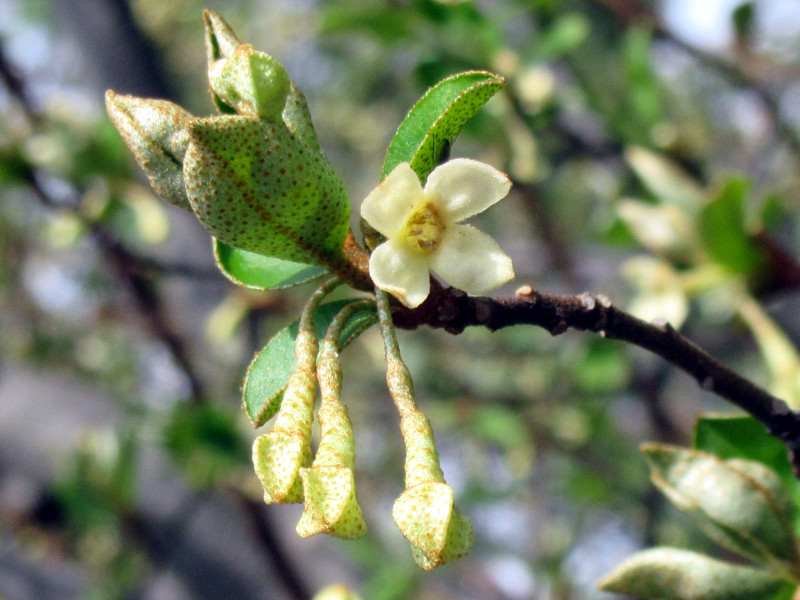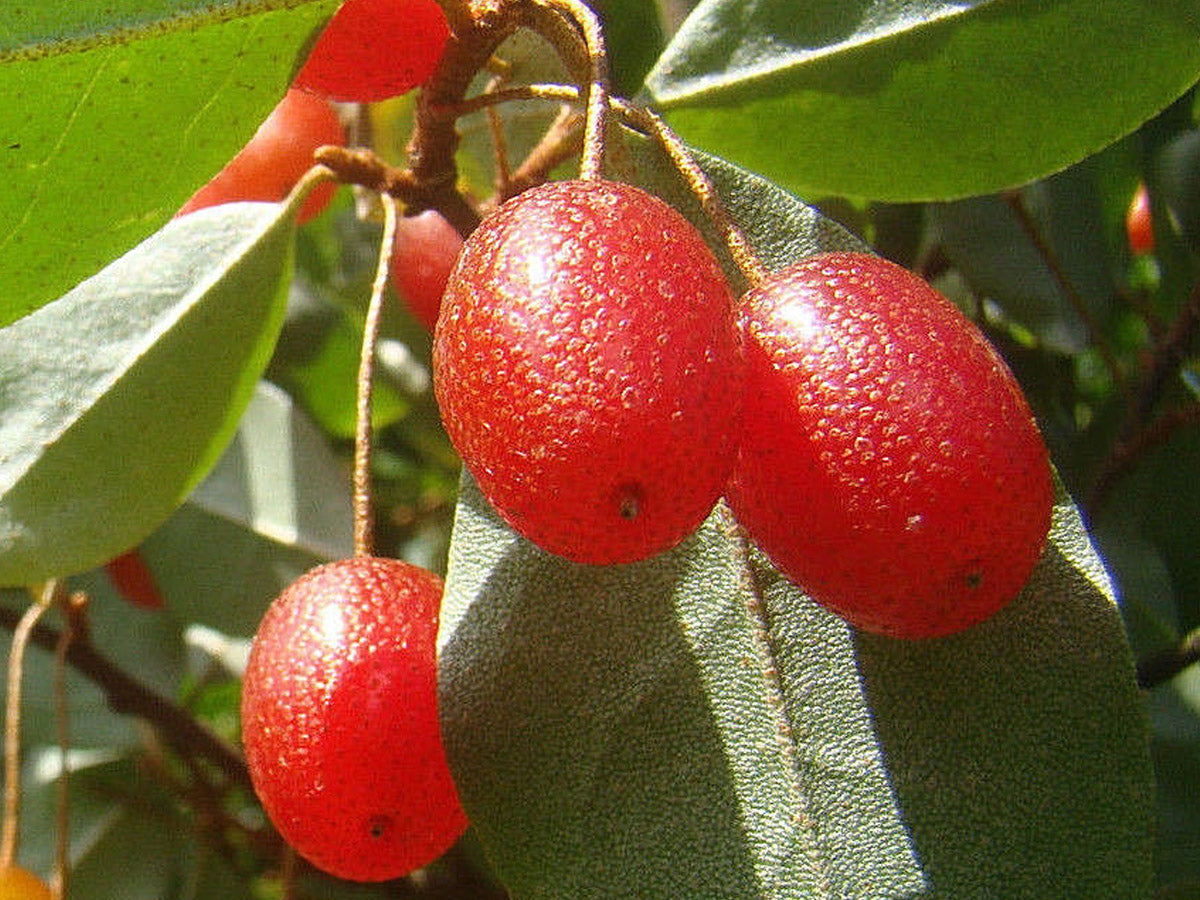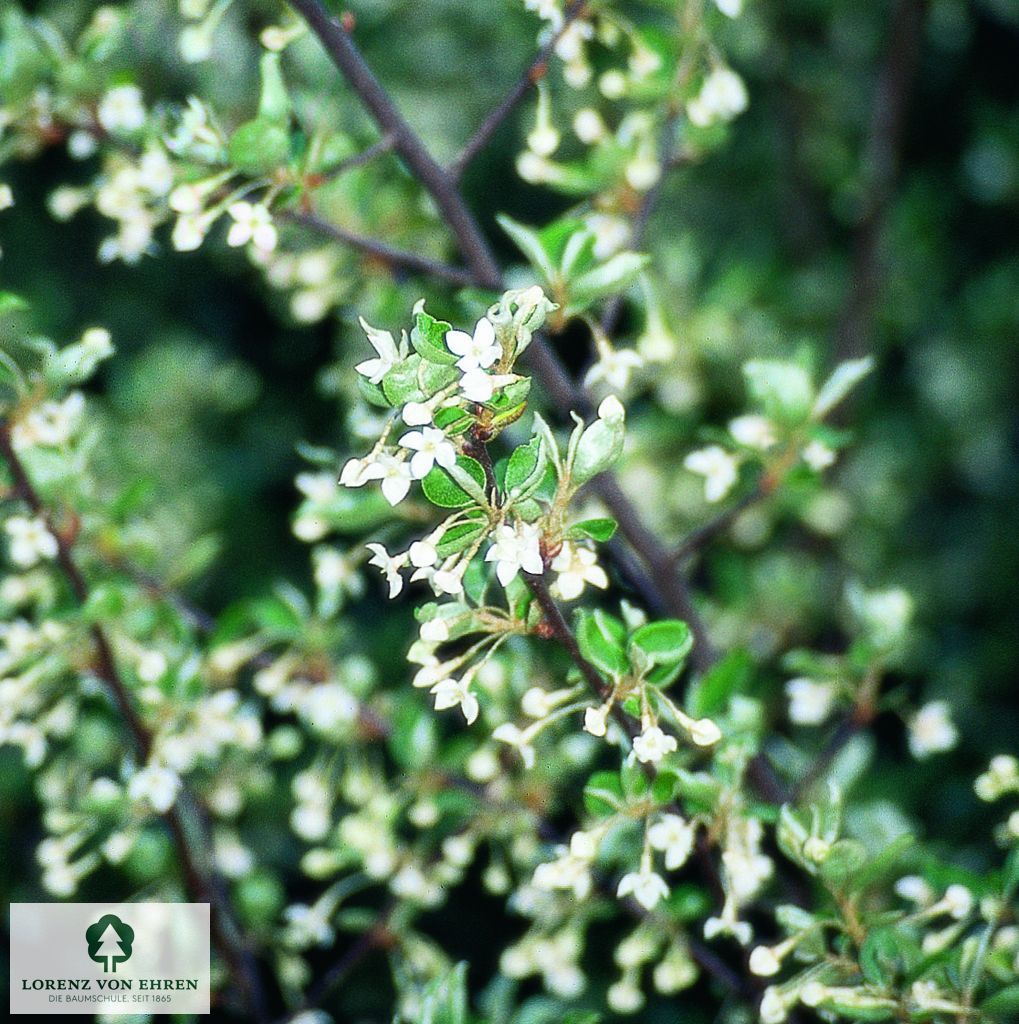Elaeagnus Multiflora: The Hardy Droughttolerant Shrub That Produces Delicious Berries
Elaeagnus multiflora, also known as goumi or gumi, is a hardy and drought-tolerant shrub that produces delicious berries. It is native to China and Japan, but it is now grown in many parts of the world, including North America.
Goumi shrubs are typically 6-10 feet tall and wide. They have attractive, silvery-green foliage and fragrant white flowers. The berries are bright red and about the size of a cherry. They are tart when they are unripe, but they become sweet and juicy when they are fully ripe.
Goumi berries are a good source of vitamins C and A. They also contain antioxidants and other nutrients. The berries can be eaten fresh, cooked, or dried. They can also be used to make jams, jellies, and pies.
In addition to its edible berries, goumi is also a valuable ornamental plant. It is tolerant of a wide range of conditions, including poor soil, drought, and salt. It is also resistant to pests and diseases.
If you are looking for a hardy and drought-tolerant shrub that produces delicious berries, goumi is a great option. It is easy to grow and care for, and it is a beautiful addition to any landscape.
Here are some additional benefits of Elaeagnus multiflora:
- The leaves can be used to make a tea that has medicinal properties. The tea is said to be helpful for treating coughs, diarrhea, and other health problems.
- The root of the plant is astringent, which means that it can help to tighten and tone the tissues. It has been used traditionally to treat itch and foul sores.
- The berries are a good source of antioxidants, which can help to protect the body against damage from free radicals.
- The berries are also a good source of fiber, which can help to improve digestion and regulate bowel movements.
If you are interested in growing Elaeagnus multiflora, here are some tips:
- Plant the shrub in full sun or partial shade.
- The soil should be well-drained.
- Water the shrub regularly, especially during the first year after planting.
- Fertilize the shrub in spring with a balanced fertilizer.
- Prune the shrub in late winter or early spring to maintain its shape.
Goumi is a versatile and easy-to-grow shrub that can be enjoyed for its edible berries, beautiful foliage, and medicinal properties. If you are looking for a hardy and drought-tolerant plant to add to your landscape, goumi is a great option.
Elaeagnus multiflora, also known as goumi, is a shrub or small tree that is native to Asia. It is a fast-growing plant that can reach heights of up to 15 feet. Goumi has silvery-green leaves and clusters of small, yellow-orange fruits. The fruits are edible and have a sweet, tangy flavor.
Goumi is a versatile plant that can be used in a variety of ways. It can be grown as an ornamental shrub, a hedge, or a fruit tree. The fruits can be eaten fresh, cooked, or dried. They can also be used to make jams, jellies, and other preserves.
If you are interested in learning more about goumi, I encourage you to visit Garden Wiki. This website provides detailed information about the plant, including its history, cultivation, and uses.
FAQ of elaeagnus multiflora
- What is Elaeagnus multiflora?
Elaeagnus multiflora, also known as goumi or cherry silverberry, is a deciduous shrub or small tree native to East Asia. It is known for its edible fruits, which are a good source of vitamins C and A. The plant is also drought-tolerant and salt-tolerant, making it a popular choice for landscaping in dry or coastal areas.
- What are the uses of Elaeagnus multiflora?
The fruits of Elaeagnus multiflora are edible and can be eaten fresh, cooked, or dried. They are a good source of vitamins C and A, as well as fiber. The leaves of the plant can also be used to make tea, and the roots can be used to make astringent remedies.
- How do I care for Elaeagnus multiflora?
Elaeagnus multiflora is a relatively easy plant to care for. It prefers full sun to partial shade and well-drained soil. The plant is drought-tolerant, but it will benefit from regular watering during the summer months. Elaeagnus multiflora is not susceptible to many pests or diseases, but it may be susceptible to powdery mildew in humid climates.
- Where can I buy Elaeagnus multiflora?
Elaeagnus multiflora is available at most nurseries and garden centers. The plant is also available online.
Image of elaeagnus multiflora
- A close-up of a single elaeagnus multiflora flower. The flower is white with yellow stamens.
- A cluster of elaeagnus multiflora flowers. The flowers are arranged in a spiral pattern.

- A full-grown elaeagnus multiflora shrub. The shrub has a spreading habit and is covered in white flowers.

- A close-up of the leaves of an elaeagnus multiflora shrub. The leaves are oval-shaped and have a silvery sheen.
- A cluster of elaeagnus multiflora fruits. The fruits are red and have a fleshy texture.

- A bird eating the fruits of an elaeagnus multiflora shrub. The bird is a robin and is enjoying the sweet taste of the fruits.

- An elaeagnus multiflora shrub in winter. The shrub has lost its leaves, but the branches are still covered in silvery thorns.
/assets/plants/plant_27338/users/plant_27338_user_1656_20190522220850.jpg)
- A group of elaeagnus multiflora shrubs in a garden. The shrubs are planted in a row and are surrounded by flowers.
/assets/plants/plant_27338/users/plant_27338_user_1656_20190522220850.jpg)
- A close-up of the bark of an elaeagnus multiflora shrub. The bark is grayish-brown and has a rough texture.

- A landscaped view of an elaeagnus multiflora shrub. The shrub is planted in a park and is surrounded by trees and other shrubs.

Post a Comment for "Elaeagnus Multiflora: The Hardy Droughttolerant Shrub That Produces Delicious Berries"